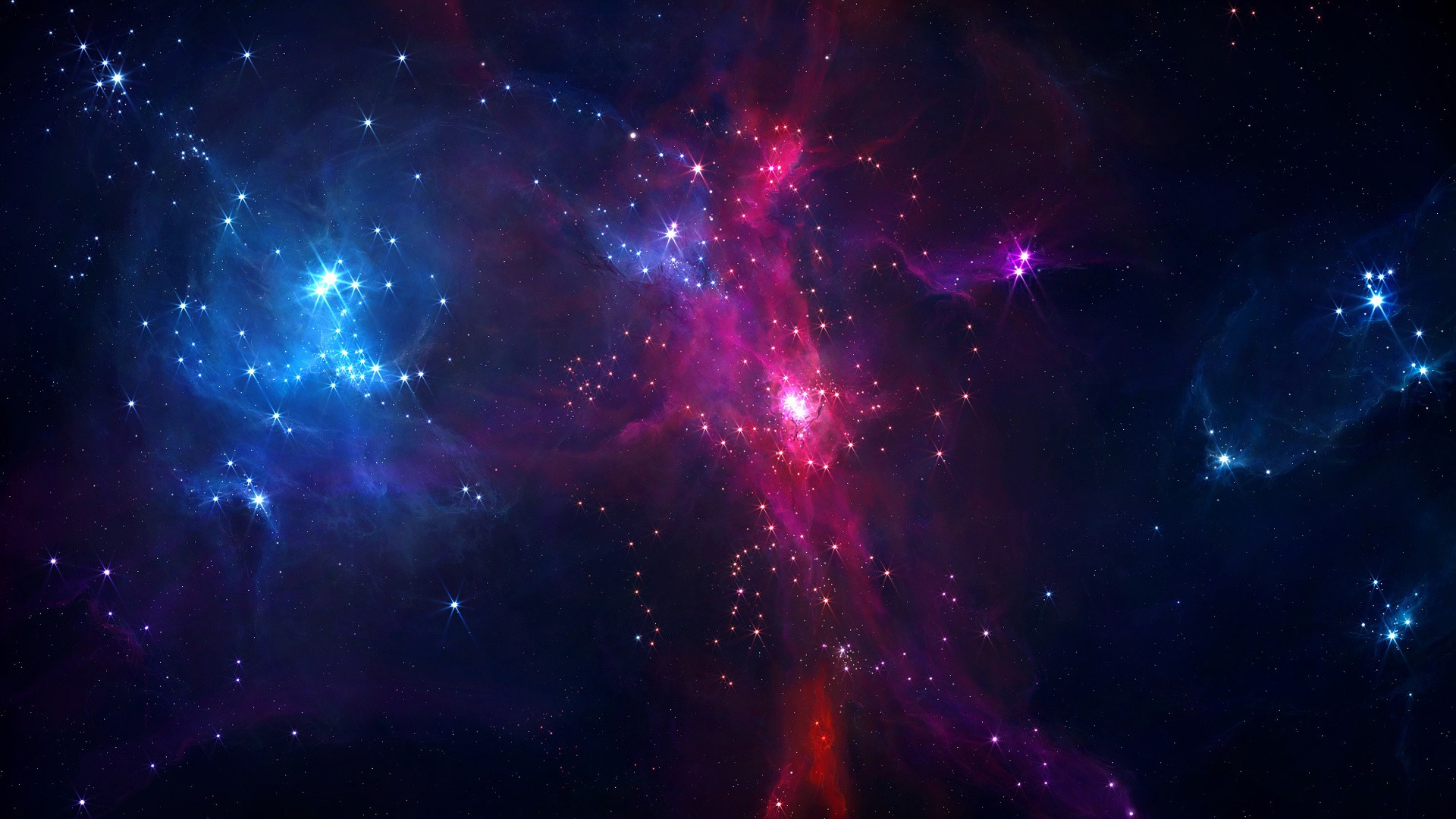
Larger than the Grand Canyon, wider and deeper than East Africa’s Great Rift Valley, Mercury’s newly-discovered “Great Valley” boggles the imagination. But it’s more than size that makes this geologic feature remarkable.

Live coverage of the ExoMars Trace Gas Orbiter and the Schiaparelli lander arriving at Mars.

If successful, the October 19th landing would be a historic first for Europe

After re-examining data acquired by the Voyager 2 spacecraft, astronomers have detected wavy patterns in two of Uranus's dark system of rings' patterns that may be indicative of two undiscovered moons.

Scientists have identified a new dwarf planet in our Solar System, and it's lurking way out in the edges, some 13.6 billion km from the Sun.

A new study proves that the Earth and other planetary objects formed in the early years of the Solar System share similar chemical origins – a finding at odds with accepted wisdom held by scientists for decades.

Scientists believe Venus was once Earth-like. How is this possible and what caused the planet to turn toxic?

Research by Rice University Earth scientists suggests that virtually all of Earth’s life-giving carbon could have come from a collision about 4.4 billion years ago between Earth and an embryonic planet similar to Mercury.

NASA's Juno spacecraft has sent back the first-ever images of Jupiter's north pole, taken during the spacecraft's first flyby of the planet with its instruments switched on.

Earlier in its history, the second planet from the sun may have had a liquid water ocean and temperatures suitable for life, a new study shows.

Saturn's exotic moon Titan, with its thick atmosphere and large, methane lakes, continues to beguile planetary scientists. Now, using data collected by an altimeter aboard NASA's Cassini spacecraft, scientists have found liquid methane flowing through deep gorges on the moon's surface.

Using the Pan-STARRS telescope in Hawaii, astronomers detected a mysterious trans-Neptunian object (TNO) moving backwards around the sun.

The new data indicates that while Ceres, which is the largest body in the asteroid belt, was once warm enough for water to have shifted internally, those temperatures were never high enough for an iron core to separate from the rest of the dwarf planet's interior.

Mineral veins found in Mars's Gale Crater were formed by the evaporation of ancient Martian lakes, a new study has shown.

Researchers list exoplanets with the most potential to have liquid water, or even life. An international team of researchers has pinpointed which of the more than 4,000 exoplanets discovered by NASA